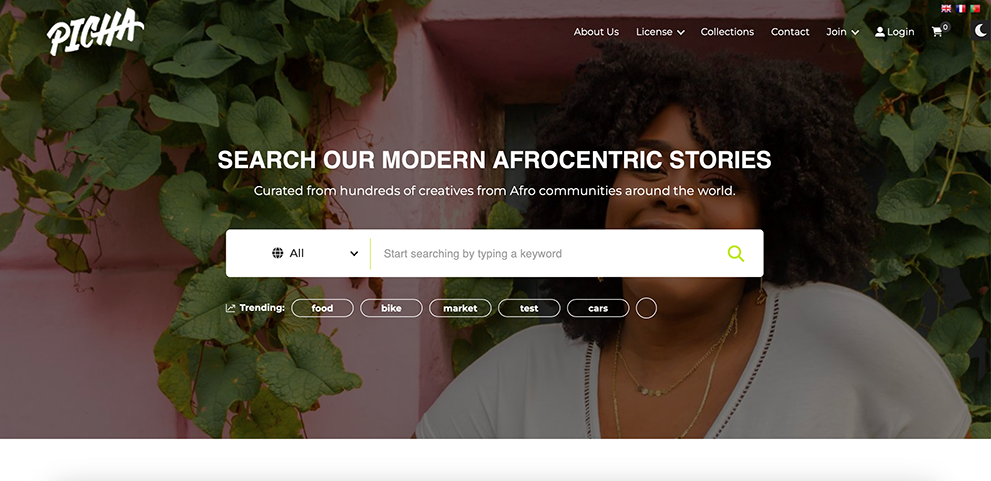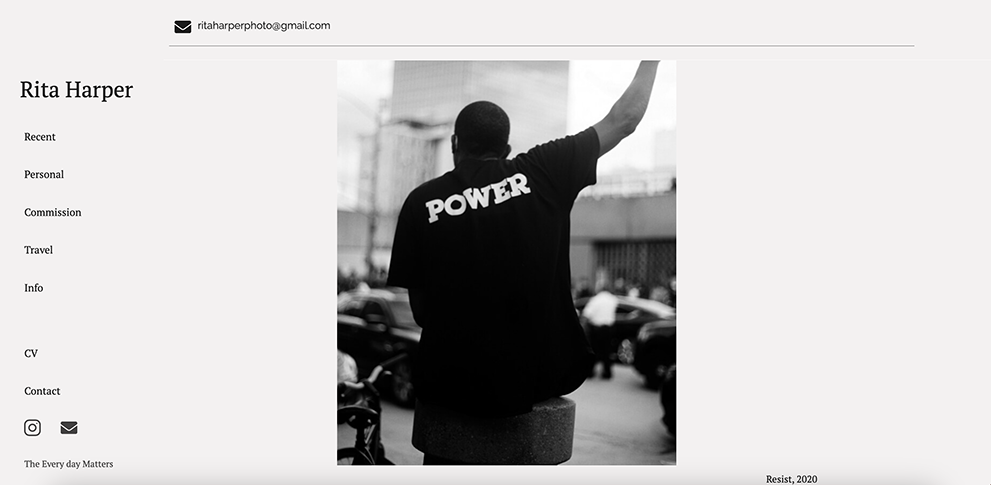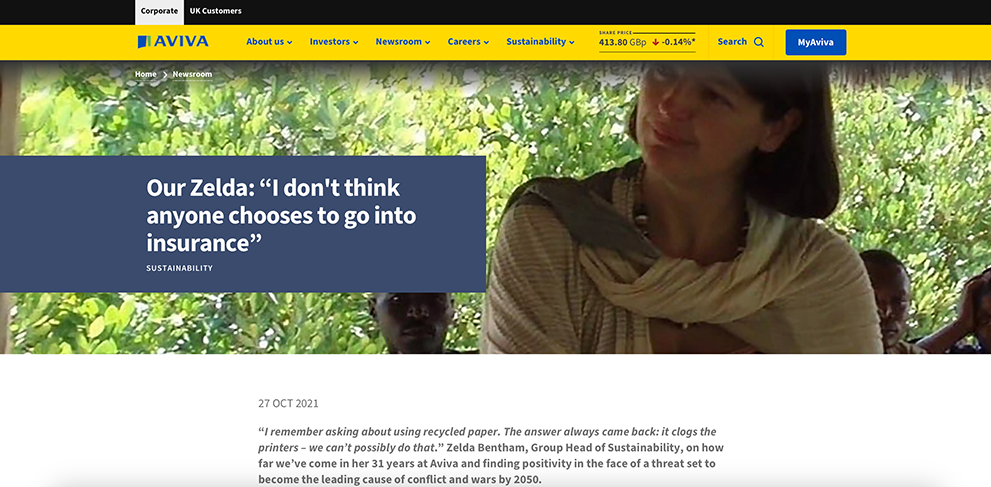Visual storytelling

This year’s SXSW conference in Austin, Texas addressed many of the burning questions that are at the top of digital communicators’ minds: when to speak up as a company and when to stay quiet, how to convey ESG information authentically in an increasingly politicised climate, and the wide-ranging impact of generative AI
One talk we attended that touched on the underlying theme of all of these different topics was ‘Visual Storytelling: A Way to Elevate Communities’ by Josiane Faubert, founder of the stock photo provider PICHA, and Rita Harper, a photojournalist, whose work has featured in numerous publications including The New York Times and The Guardian.

Screenshot of the PICHA home page. PICHA is a stock photo library which provides curated, diverse Afrocentric visuals with the aim of enabling brands and businesses to tell richer stories
That theme was authenticity and why using imagery to tell real stories matters.
Here, we unpack some of the key lessons for corporate communicators about the importance of visual storytelling.
Be specific, not generic, when telling stories
We recommend that corporate websites should avoid generic imagery or clichéd stock photography. There are several reasons for this. Visitors to a corporate website have highly sensitive inauthenticity-detectors, and clichéd imagery in areas like the Sustainability or Careers sections can have a knock-on effect and undermine important messages, especially in areas where credibility is key.
Generic imagery also leads to bland websites, to the point where all corporate sites start to look indistinguishable from each other.
And finally, using stock photography is a missed opportunity to showcase real employees and real locations, which would give stakeholders a deeper insight into what your company is really like.
But the benefits of authentic visual imagery go beyond all this.
In their talk, Josiane and Rita observed that visual mediums are a vital part of sharing humanity’s diverse experiences across the world, and that imagery tells stories and shapes narratives.
The most powerful images tell a story through specific details, through personal identity and culture, be it food, clothing, or location. Such details can be key to ensuring that the imagery on a corporate website – or anywhere else – truly strikes a chord with audiences.
Tell diverse stories
At SXSW, Josiane and Rita said that they noticed a sudden rise in brands and companies commissioning more diverse photographic material in 2020, a trend they attributed to the Black Lives Matter movement. But they also noticed that these attempts by large companies fell flat more often than not, because companies were telling the stories they ‘thought people wanted to hear’ from a narrow perspective, rather than telling stories that were specific, nuanced and authentic.
Part of the problem, according to Josiane and Rita, was that corporations did not have the right partners to treat photo subjects with respect or insight, or did not have a diverse team of commissioning editors when deciding which stories needed to be told.
Diversity in imagery commissioning can help support your company’s Diversity, Equality and Inclusion commitments, if it is done authentically. In Rita’s words, diversity in visual storytelling is also a powerful way of bringing underrepresented groups to the forefront, and enabling people within such groups to see themselves in the light that the photographer sees them. You can see examples of Rita’s work here.

Screengrab of the Rita Harper Photography website, featuring her recent work
Authenticity is key
We believe that all claims on a corporate website should be supported by evidence as much as possible. For example, just as ESG statements should be cross-referenced with performance data, stories, and case studies, and content that explains what it’s like to work at a company should be supported by a range of employee testimonials, so too should the imagery on your site support and further your messages.
What does this look like in practice? Firstly, ensure that images are accompanied either by captions that explain the story behind the person, or that images are supported by the text around it. Aviva is a best practice example of doing just this by showcasing employees through powerful people profiles and real photos. The key takeaway is that images should not only not feel staged, they should not be staged.

Screenshot of one of Aviva’s ‘Our People’ articles, featuring Zelda Bentham, Group Head of Sustainability
Although our advice is to avoid stock photography and use original photography as much as possible, we realise that sometimes stock photography is unavoidable and can be a cost-efficient option on a corporate website. If you are going to use it, consider choosing a photo library like PICHA, which brings curated, diverse imagery based on the stories of real people.
Also avoid choosing visual clichés, such as people shaking hands in a boardroom, or a group of employees smiling and pointing at a whiteboard. If budget is your barrier to commissioning original photography across the entire corporate website, consider prioritising the most visited, popular, or most impactful pages first.
As well as supporting your messages and building trust, images that add value and have informative captions are also good from a SEO, accessibility, and carbon efficiency perspective.
Key learnings for corporate communicators
- When choosing photographs, focus more on the stories behind them, and why these stories are being told on the corporate site.
- Seek diverse perspectives and work with a diverse group of advisors when commissioning or choosing an image for the corporate site, to ensure you are telling nuanced stories.
- Avoid stock photography as much as possible, but if you have to use it, consider choosing an inclusive photo library and avoid visual clichés.